In recent posts (here, here, and here), I’ve described the ideas of David Grimes, a British doctor, about the cause of heart disease. Grimes recently responded to comments on the last post:
First, to develop the latitude theme, that distance from the equator determines risk of heart disease, cancers, multiple sclerosis and others. Four visual pieces of evidence for you.
The sunshine map of the UK: We see what would also be the map of multiple sclerosis and CHD in the UK — both diseases most common in the west of scotland and least common in the south-east of England. Similar pattern of average life expectancy.
Look at cancer incidence in North America for another latitude effect.
Then there is breast and colon cancer in Europe:
But the [most] important observation of the sun being protective against cardiovascular disease comes from the USA. A latitude effect is present but weak. However a longitude effect is powerful. It works out as an altitude effect — the higher the altitude of residence the lower the risk of death from cardio-vascular disease (coronary heart disease + stroke). It is interesting to note the mirror image of the land profile from east to west and the CVD death profile. This can be explained most simply and most plausibly by the higher UV exposure at higher altitudes.
This is a powerful supplement to the latitude observations in Europe. The [north-south] length of Europe is worth remembering: the north of Scotland is the same latitude as Hudson Bay. In the north of England I live further north than anywhere in China. This means big sun exposure effects.
The size of the disease differences is impressive — e.g., a factor of 2. I think these sunshine correlations are due either to a protective effect of Vitamin D or a protective effect of sleep (more sunshine = better sleep). There’s no doubt that sleep quality depends on the amplitude of a circadian rhythm (greater amplitude = better sleep), which in turn depends on the amplitude of the sunlight intensity rhythm, the day-night difference.
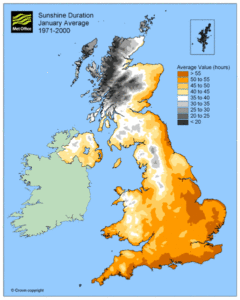
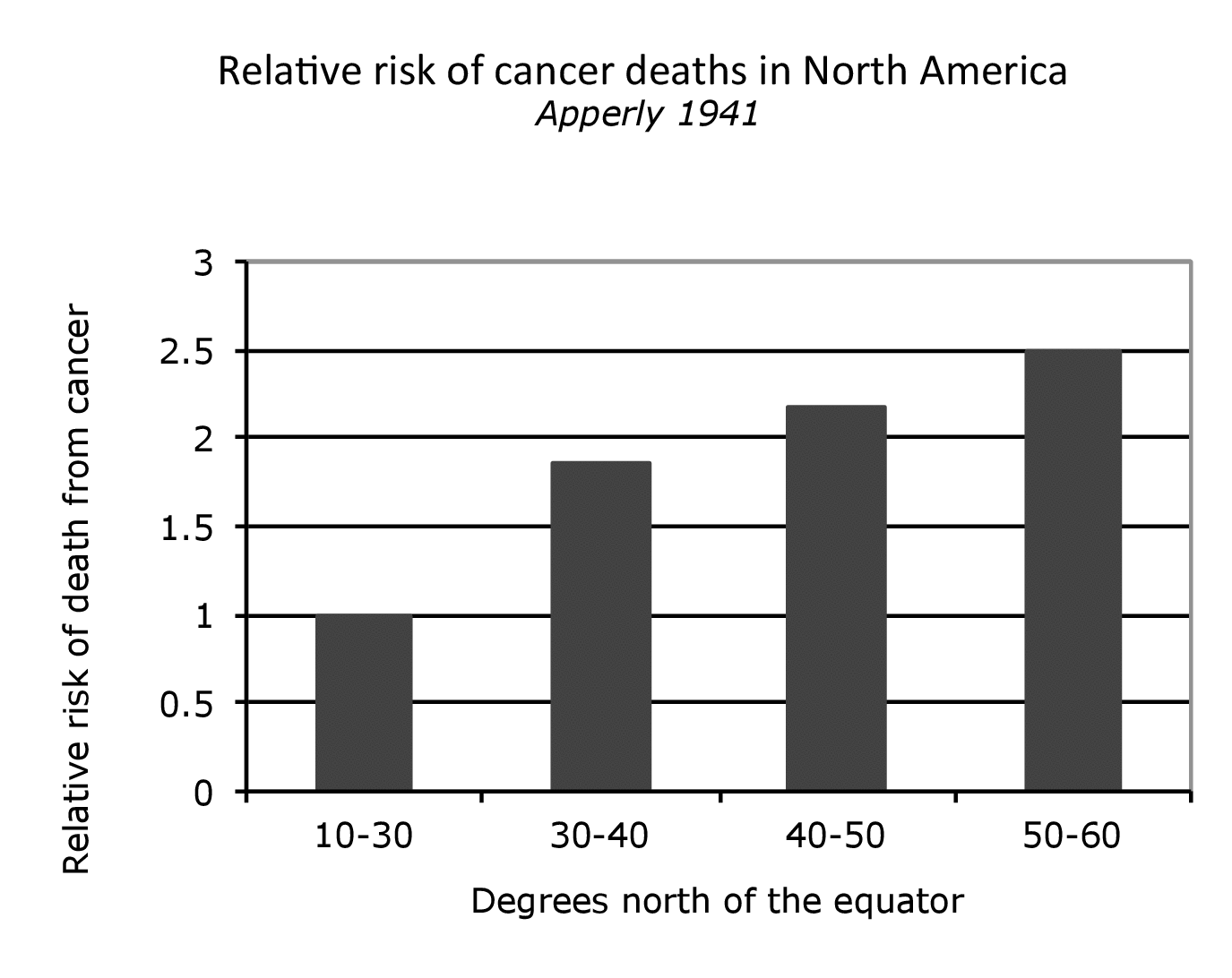
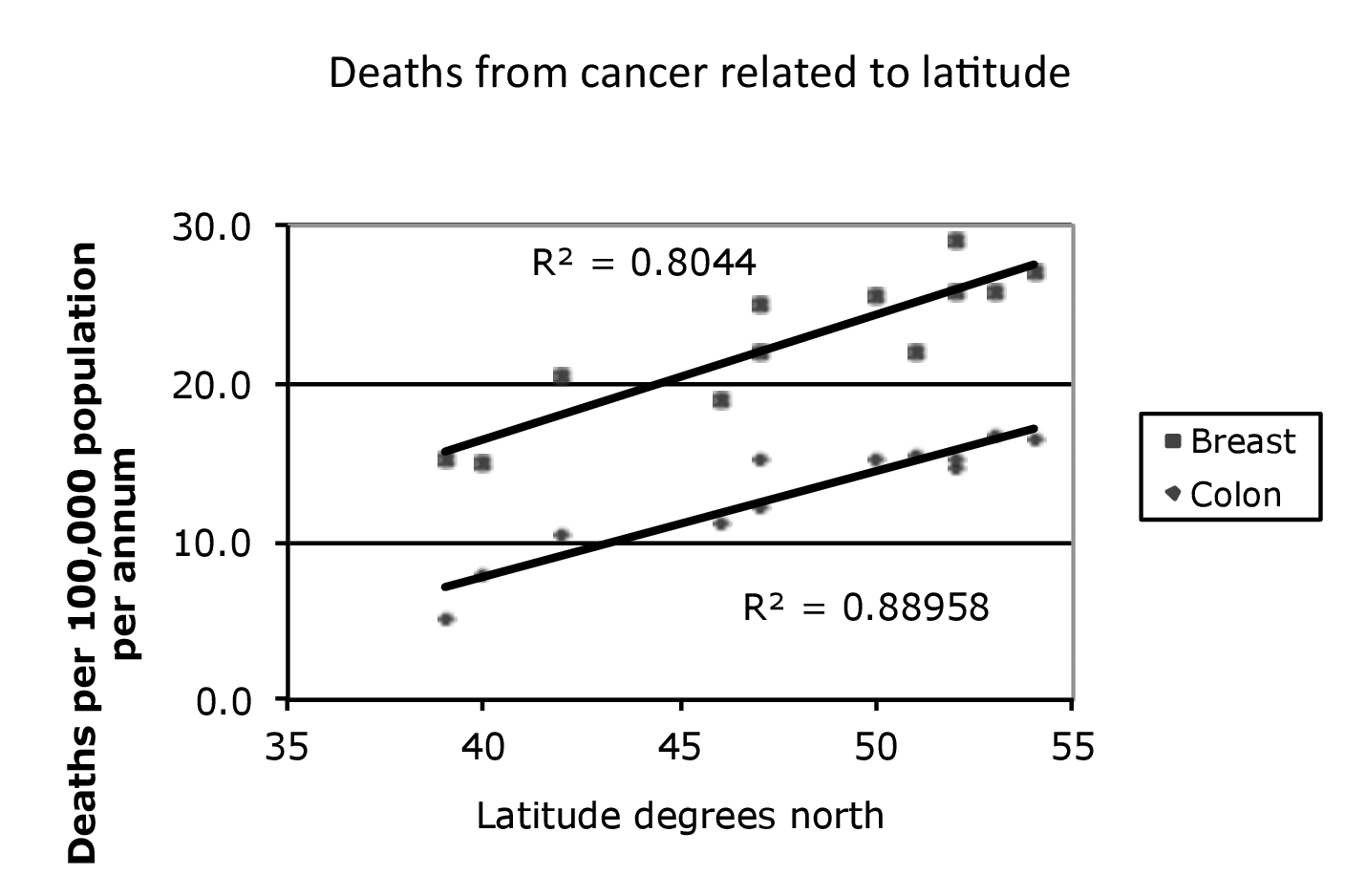
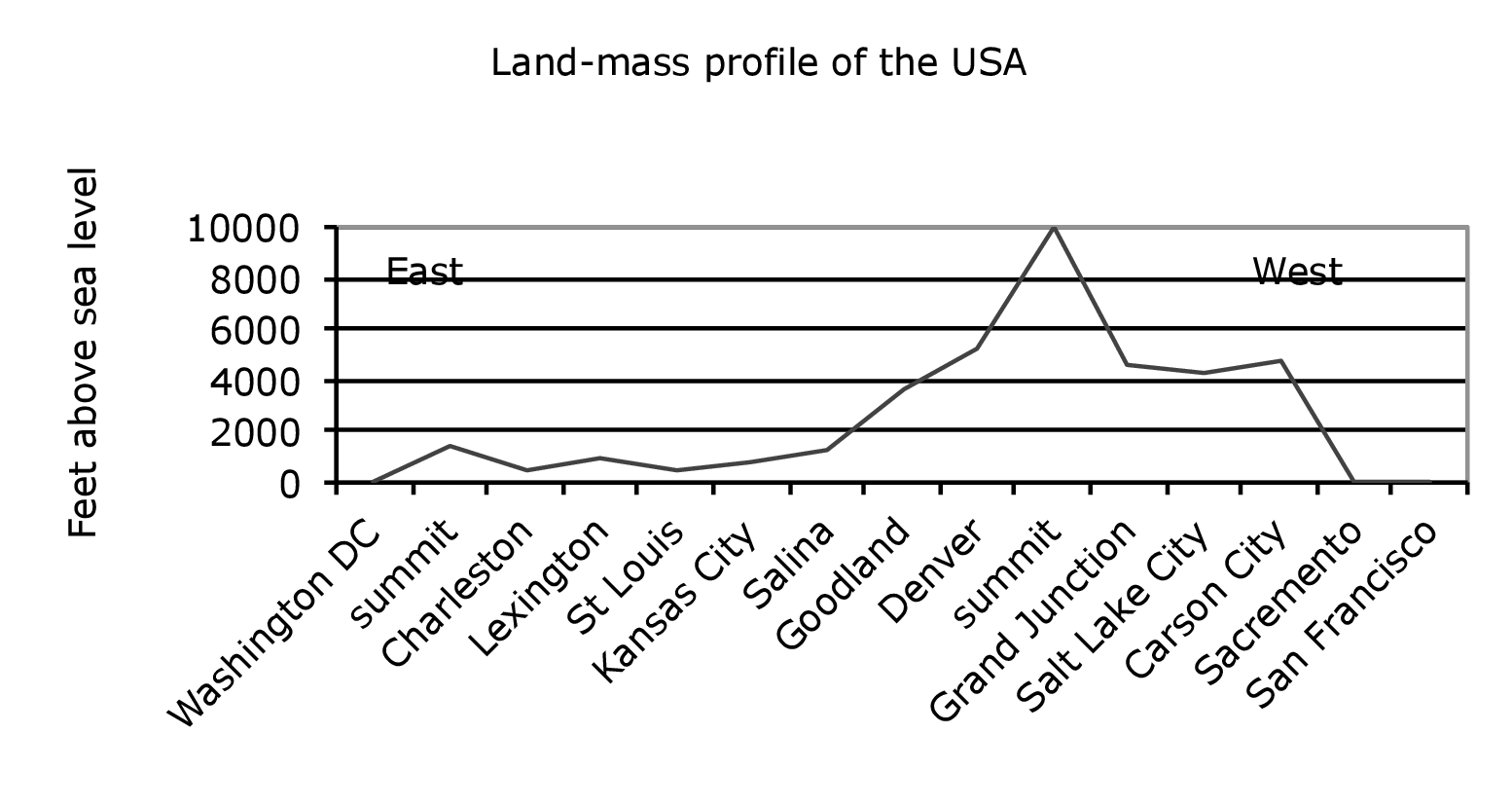
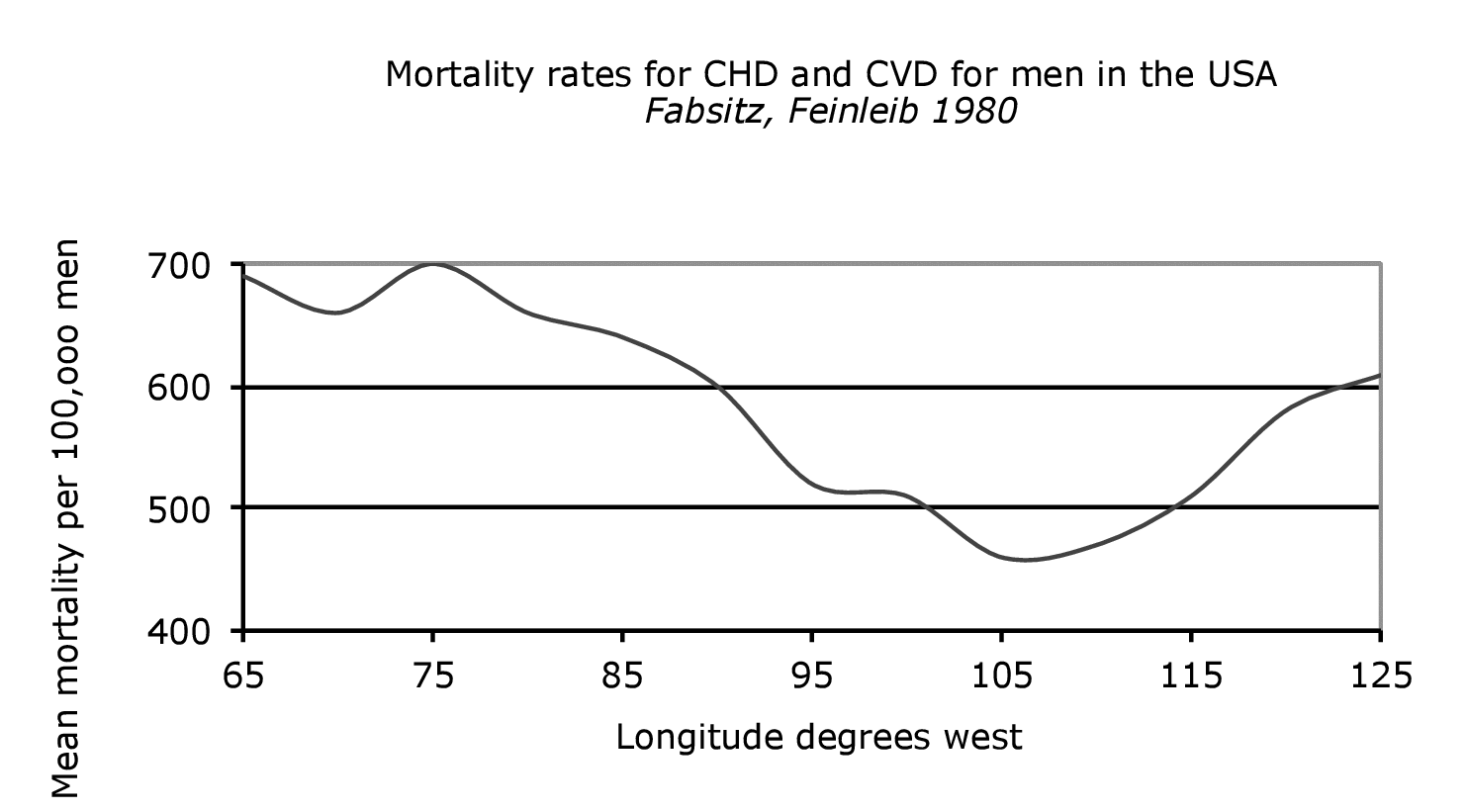
This is excellent stuff, Seth: keep going.
Here’s my suggestion for someone’s research topic: break down the British heart attack rates geographically not according to where people live now, but where they were born (or, even better if practical, where they lived until they were, say, 18).
My idea is that if heart attacks depend on some unidentified microorganism you might well pick it up at an early age, long before you are vulnerable to a heart attack. This might be worth doing too for other diseases e.g. M.S.
Seth: Thanks! There is a lot of evidence for something happening at a young age, perhaps in the womb, that affects your health much later. The book Mothers, Babies and Health in Later Life by Barker has many examples.
Seth,
thanks for this post. The altitude correlation is interesting. This is something Ray Peat has written about. He attributes the benefits of altitude to the higher concentration of CO2 in the air. Here’s a link:
https://raypeat.com/articles/aging/altitude-mortality.shtml
Ray writes extensively about the protective benefits of CO2. His writings are worth a look, imo.
I came across something else interesting regarding the correlation between latitude and MS. It’s from Roy Swank, MD. He treated MS with diet and believed that the latitude correlation resulted from those further from the equator consuming a more animal based diet and thereby more fat. He recommends a low fat diet.
https://www.drmcdougall.com/res_swank.html
Food for thought.
Seth: My guess is that radiation hormesis has a lot to do with better health at higher altitudes. There is more radiation at higher altitudes. The radiation activates repair systems.
https://www.ted.com/talks/richard_weller_could_the_sun_be_good_for_your_heart.html
Sunlight releases nitric oxide precursors that people have in their skin, which probably helps with blood pressure.
Observations are real. Then follows conjecture, attempts to explain the observations based on knowledge that we have.
Protection by living at a high altitude in the USA requires explanation. Low partial pressure of oxygen has been suggested but does not make sense. Is the partial pressure of CO2 really greater at high altitude? My school physics makes this unlikely. Is there a plausible mechanism? Does it make sense? I suggest increased sunlight intensity on the basis o: parallels with latitude; UV light being known the cure tuberculosis; UV light and vitamin D enhancing immune mechanisms.
There is the recent observation that sunlight exposure has clinical benefit even when the blood level of vitsmin D does not change, hence the suggestion of a mechanism different from vitamin D. Nitric oxide is suggested but this is a very tentative suggestion and far from conclusive. The bottom line is that the sun is beneficial, but there might be mechanisms of benefit additional to vitamin D